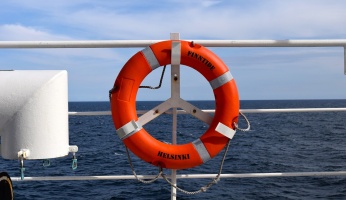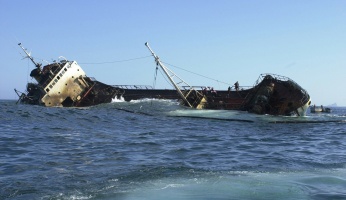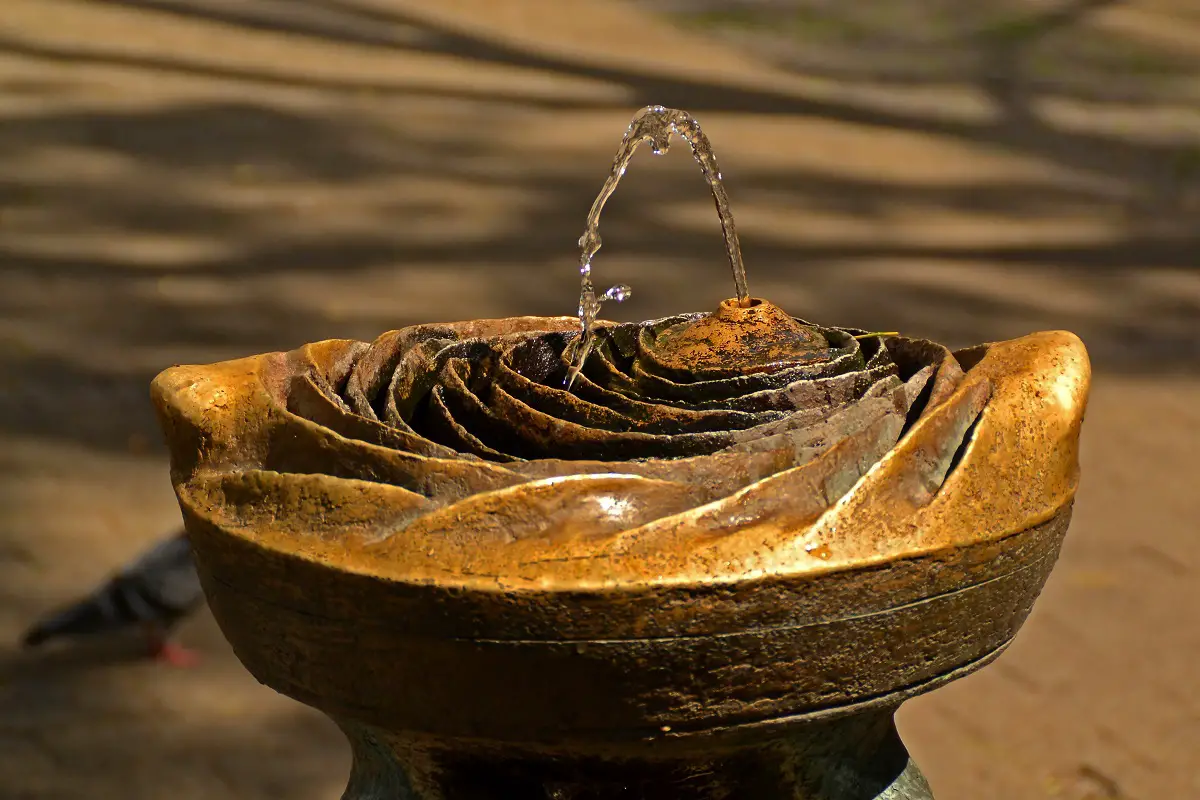Survival Skills: How to Signal SOS When You’re In Trouble
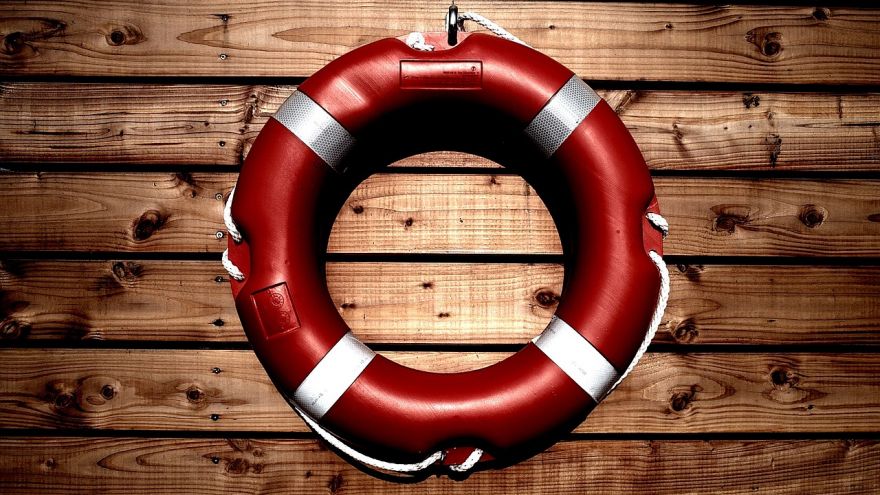 Survival Skills: How to Signal SOS When You’re In Trouble
thegearhunt.com
Survival Skills: How to Signal SOS When You’re In Trouble
thegearhunt.com
You might scoff, but if you learn how to signal SOS, it might just save your life one day. Aside from that, if you know how to recognize the signals, you might just save someone else’s life.
SOS is a signal that was first introduced on April 1, 1905 in Germany. It is commonly known as an international distress signal in Morse Code. This distress signal is simply a sequence that consists of 3 dots followed by 3 dashes, and then 3 more dots, without any sort of spacing for letters. (. . . _ _ _ . . .) This is a signal that is recognized all over the planet and is responsible for saving thousands of lives.
Today we are going to take a look at a few different ways to signal for help using SOS.
Signaling Using a Hand Mirror
 SOS can be signaled by using a hand mirror and reflecting sunlight. Aim this towards a ship, an airplane, or any other sort of rescue vehicle in order to make yourself a bit more visible. Even more than that, reflecting the sunlight for 3 short times followed by 3 longer times followed by 3 more short times will let any would be rescuer know that you are in some sort of trouble.
SOS can be signaled by using a hand mirror and reflecting sunlight. Aim this towards a ship, an airplane, or any other sort of rescue vehicle in order to make yourself a bit more visible. Even more than that, reflecting the sunlight for 3 short times followed by 3 longer times followed by 3 more short times will let any would be rescuer know that you are in some sort of trouble.
Thirty years ago, in the late 80s, a 48-year-old oral surgeon by the name of Joel Slaughter was taking a 2-week rafting trip in Arizona down the Colorado River. His raft was suddenly caught in a wave. In all of the confusion, somehow a rope was wrapped around his leg and then he was dragged across the rocks. Luckily, his son rushed over to him and cut the rope at the very last minute. However, Joel had already sustained a fractured pelvis and knee, and a dislocation of the hip. Joel needed medical treatment quickly. It was fortunate that another person on their team knew exactly how to signal SOS. Luckily, he had a mirror and used it to reflect the light from the sun. He used Morse Code to spell out his SOS message. Within only a few minutes, a jet airliner flew overhead. The pilot saw the signal and knew that someone below him was injured and in need of help. He then radioed for help and soon after that, a rescue helicopter arrived and airlifted Joel to safety.
There are also quite a few similar stories of people who were stranded on islands and used this type of SOS signal. It saved their lives.
Signaling SOS with a Whistle
There is also an International Whistle Code that is meant to get help, and it is quite easy. All that you need to do is to blow your whistle 3 times. If you blow the whistle 2 times, it can mean ‘Come here’. One whistle blow might mean ‘Where are you?’ or it might just be a call back sort of signal if you happen to hear anything that might sound as if it were a code.
Using Fire to Signal SOS
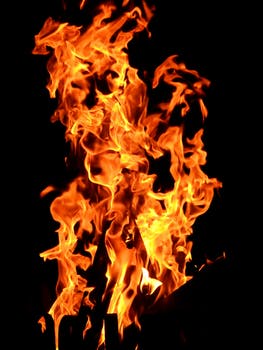 This is especially useful if you need to signal for help at night. All that you need to do is to build 3 separate fires either in a straight line or a triangle, spacing them about 100 feet apart. These 3 fires are a distress signal that is recognized all over the globe.
This is especially useful if you need to signal for help at night. All that you need to do is to build 3 separate fires either in a straight line or a triangle, spacing them about 100 feet apart. These 3 fires are a distress signal that is recognized all over the globe.
During the day, you might want to use the smoke from a fire to signal for help. However, not all fires will produce the amount of smoke that is necessary for creating a signal that will be effective. Also, not all fires and smoke will necessarily be recognized as an SOS signal. It never hurts to try though. To do this, once you have started a fire, you can throw in some green leaves or wood in an effort to create more and thicker smoke. You might also want to make your fire on the highest location possible. Although the breeze and wind in general will make the smoke drift away from you, people will still be able to trace it back to its point of origin.
Using Stones or Sand to Signal SOS
Friable soil or sand might also be used to signal for help. All you need to do is write SOS in large letters that will be able to be seen from any aircraft passing overhead. Just use your foot to scrape about 4 inches into the sand so that the sand won’t fall back in and fill the marks right back up. Sand is especially good for this when it is wet. A good time to do this would be right after the tide has gone out. Then you will have about 12 hours before your SOS signal will be washed away by the tide rising.
If you have enough rocks or stones, you can write SOS with them. Just build 3 ginormous X shapes in a triangle.
Use Your Cell Phone or a Flashlight to Signal SOS
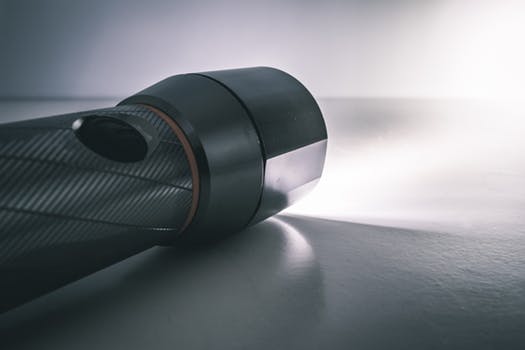 It should be obvious that you can signal for help by using a flashlight. If you are trying to do this, just flash SOS using Morse Code – use 3 short flashes followed by 3 long flashes followed by 3 more short flashes – in the direction of your target. If you don’t happen to have a flashlight in your supplies, you can also use your cell phone for this. Unless, of course, you have a signal and can just call for help.
It should be obvious that you can signal for help by using a flashlight. If you are trying to do this, just flash SOS using Morse Code – use 3 short flashes followed by 3 long flashes followed by 3 more short flashes – in the direction of your target. If you don’t happen to have a flashlight in your supplies, you can also use your cell phone for this. Unless, of course, you have a signal and can just call for help.
Using a Torch to Signal SOS
Maybe you don’t have a flashlight but have managed to build yourself a fire. If this is the case, and it is night, you can use a torch to call for help. Just find something that will cover it from the angle of your target helicopter, ship, or plane. Move whatever you are using to cover the torch in order to use Morse Code to signal SOS.
Red and Blue Flashing Lights
Flashing red and blue colors typically means that there is someone in need of rescuing or that there has been an accident of some sort. Generally, these lights are used by firefighters and police. If you don’t happen to have a way to build a fire, you might use some of your clothing in order to make a flag. Waving a red and blue flag is something that can be seen from high altitudes so that you will be spotted easily.
Using Body Parts
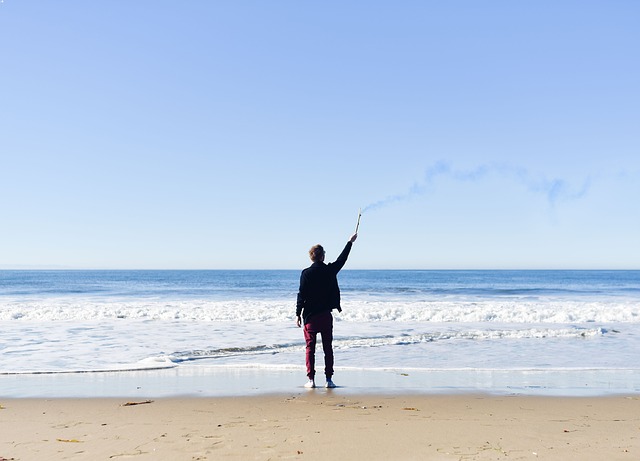
When you are in a situation where you don’t have anything at all to signal for help, consider all of the body parts that you might be able to use. You can wave your hands and arms back and forth or up and down in an effort to attract attention. If there is a potential rescue vehicle nearby you might simply stand with your arms raised in the air. Make sure that you are in a clearing where you will be able to be seen.
You might also use blinking your eyes to signal for help. Back in the Vietnam War, there was a prisoner by the name of Jeremiah Denton Jr. who used his eyes to blink Morse Code for help without alerting his captors. Additionally, there are a minimum of 3 more stories of people who had been kidnapped and who were threatened with death if they tried to alert the authorities. They were able to blink their call for help and be rescued.
Signaling with Orange Smoke
Sometimes ships will use orange smoke to signal that they are in trouble. This will be released from the stacks of the ship by using a special fuel to produce the orange color of the smoke. This makes it easy to be seen from a distance. You might be able to do this by purchasing an orange smoke flare or smoke bomb before setting off on an adventure. The orange color makes it easy to see in any season or environment.
Signal for Help by Tapping
You might find yourself in some sort of confined space if you happen to be buried alive, trapped, kidnapped, etc. If so, you can just tap out the Morse Code signal for SOS inside of a car trunk, against a wall, or anything else. If you do this, your chances of someone finding and rescuing you can be increased.
Sometimes your survival options will come down to signaling for help. SOS isn’t an acronym for anything, it is just internationally recognized and simple to remember.
You can use a personal security alarm or even a car horn to do this. If you use bangs or taps, you would use 3 quick taps followed by 3 slow taps followed by 3 more quick taps. You can repeat this as often as you need to.
SOS is a term that is used to describe any and all sorts of distress signals whether or not they involve Morse Code.
Variations of Distress Signals
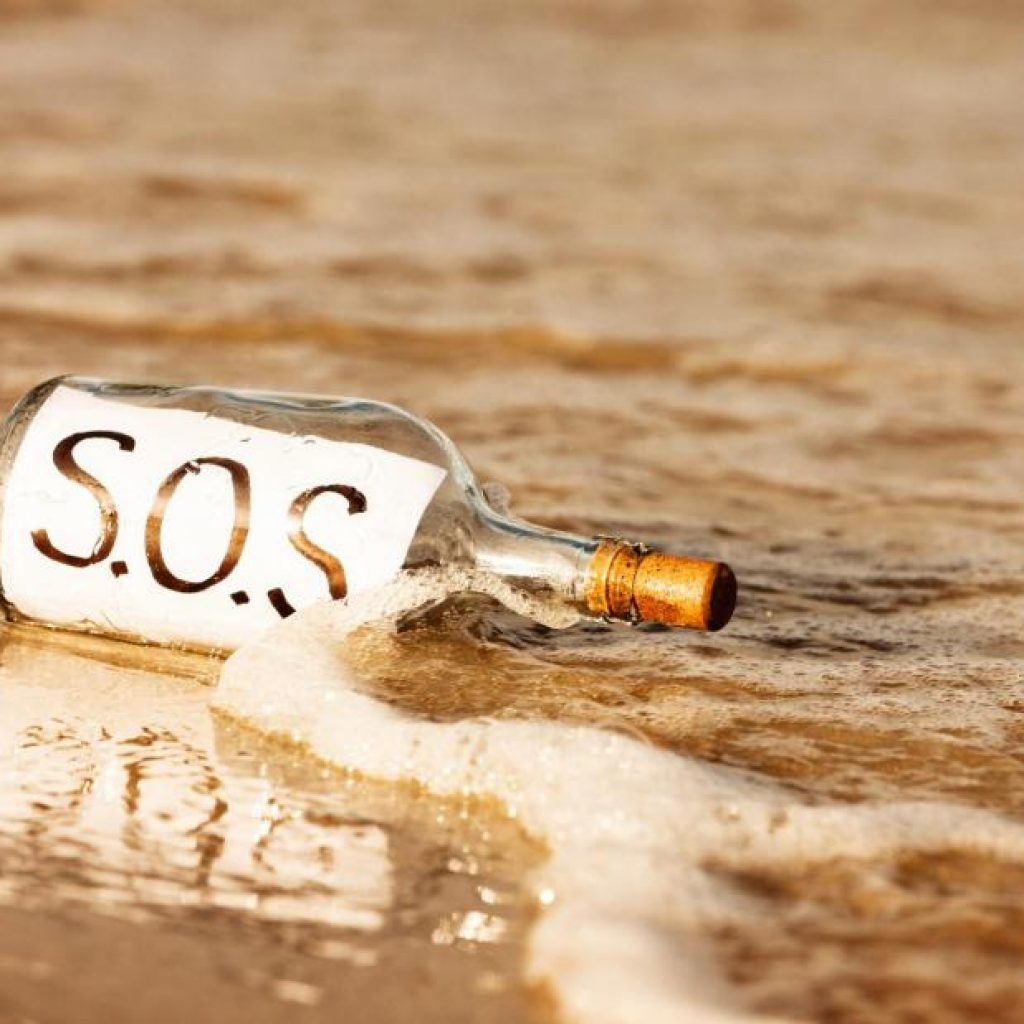 Some of these we might have already touched on, but they bear repeating.
Some of these we might have already touched on, but they bear repeating.
Sailors can use 3 flashes of light or 3 blasts of a whistle in order to send SOS distress signals in Morse Code.
Campers might send up 3 puffs of smoke, or even lay out markers that will be able to be seen by any aircraft that might be flying overhead.
Hikers who are in visible locations should repeatedly and slowly raise and lower their outstretched arms on both sides with their hands moving in a circle.
Hunters should fire their guns 3 times.
Mountain climbers might use 6 whistle blasts that are long or 6 flashes of light that are repeated at intervals of 1 minute.
Airplane pilots or other people who use radios should say “Mayday Mayday Mayday” for their distress signal. This is more distinctive when it comes to vocally sending a radio message. This is adopted from the French. Their word is ‘m’aider’ or ‘help me’, and it should always be repeated 3 times in a row. Pause, and then repeat it.
The French word ‘panne’, (breakdown) is where we get ‘pan-pan’ from. This is used to vocally call for help when you are in a predicament that isn’t life-threatening. However, this one isn’t known all over the world and might be useless depending on where you are.
Other Sorts of Distress Signals
If you happen to be choking and are in need of someone who can perform the Heimlich on you, you can summon help from someone nearby by simply grabbing your throat. Your rescuer should stand behind you are give you a bear hug with their fist and supported hand just over your belly button. They should then squeeze your belly sharply in order to forcefully push your diaphragm in order to force the air from your lungs. This can blow the food out that had been lodged in your throat. This might need to be repeated a few times in order to be successful. If you happen to be alone and choke on food, you can help yourself by placing your fist just above your belly button and falling onto the top of a table (or anything similar) so that your fist can force the air from your lungs. Again, this might need to be repeated a few times for it to succeed.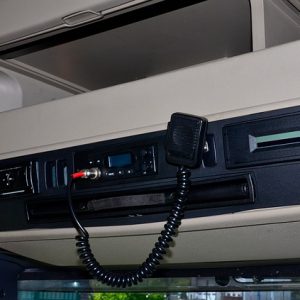
Drivers who have a CB radio can call for help on Channels 19 and 9. Because of the fact that you will have to use your voice as opposed to taps or blasts, simply repeat SOS or Mayday.
If you are somewhere where you have a signal on your cell phone, you can just call 911 for help and get an ambulance, the fire department, or police.
If you happen to be attacked when you are in public, and someplace where someone might hear you, just yell ‘Help – Police’, or scream.
Silent SOS
How is it possible for a kidnapping victim to call for help silently while not letting their captor know – or get help when they are behind a window that will muffle the sound? Waving would just appear as if they are just saying ‘hi’. Instead, they can draw their hand in to their chest as if they were saying ‘come here’, gesture in some fashion, or intertwine their fingers and clasp their hands together like they are pleading or praying. Frantic or terrified facial expressions can also work.
For distances that are greater, a person in need of help can slowly raise and then lower their outstretched arms on both sides repeatedly, with their hands forming a circle. However, this is not a signal that is recognized throughout the world.
Remembering all of these things might seem to be a bit much, but if you are ever in a situation where you need to be rescued, you will be glad you did.
Sources
- YouTube, SOS Morse Code Distress Signal
- Boat Safe, What is the Meaning of SOS?
- Survivor Wiki, SOS Signal
- The Good Survivalist, 10 Different Ways to Make SOS Signals





